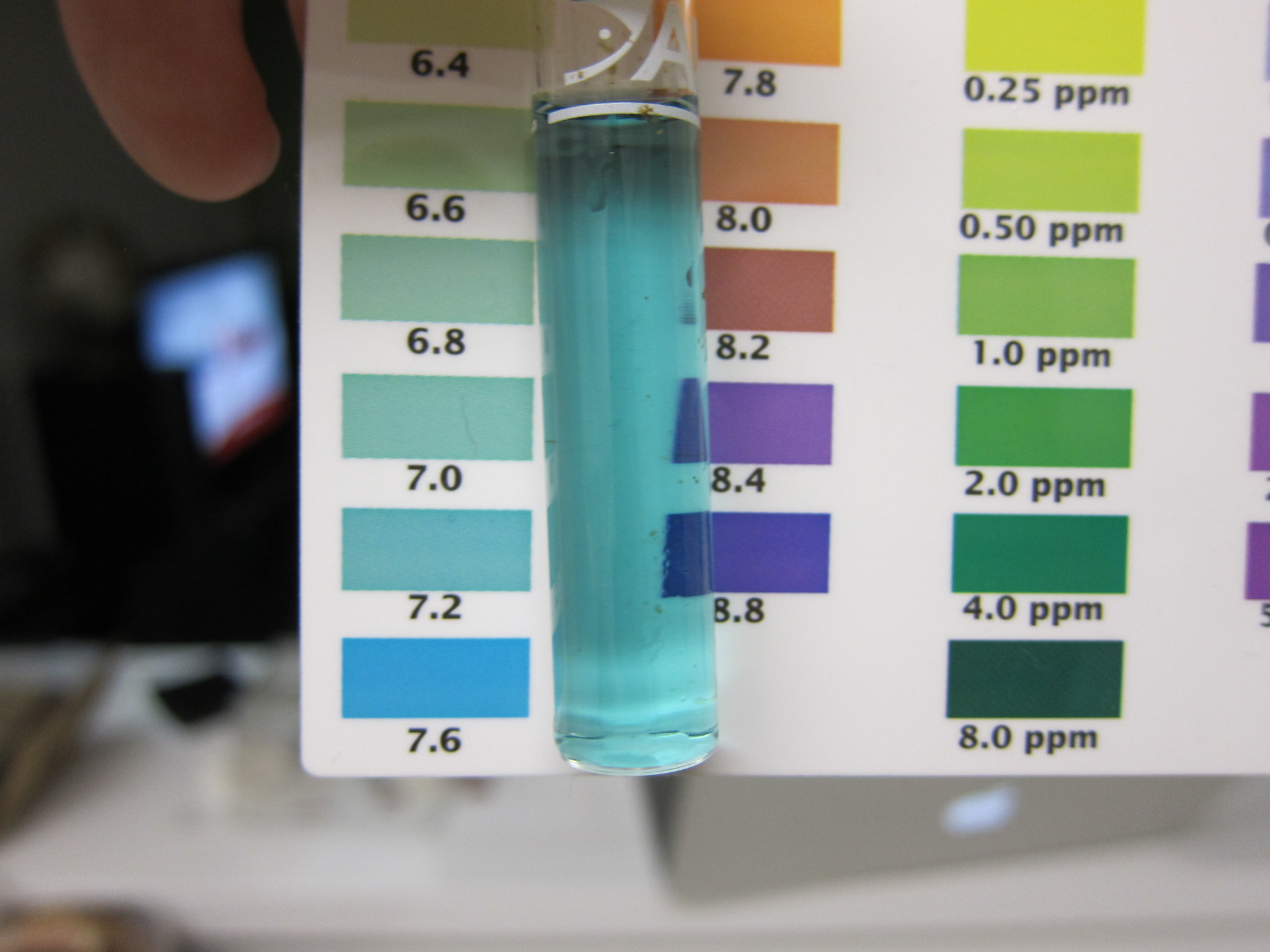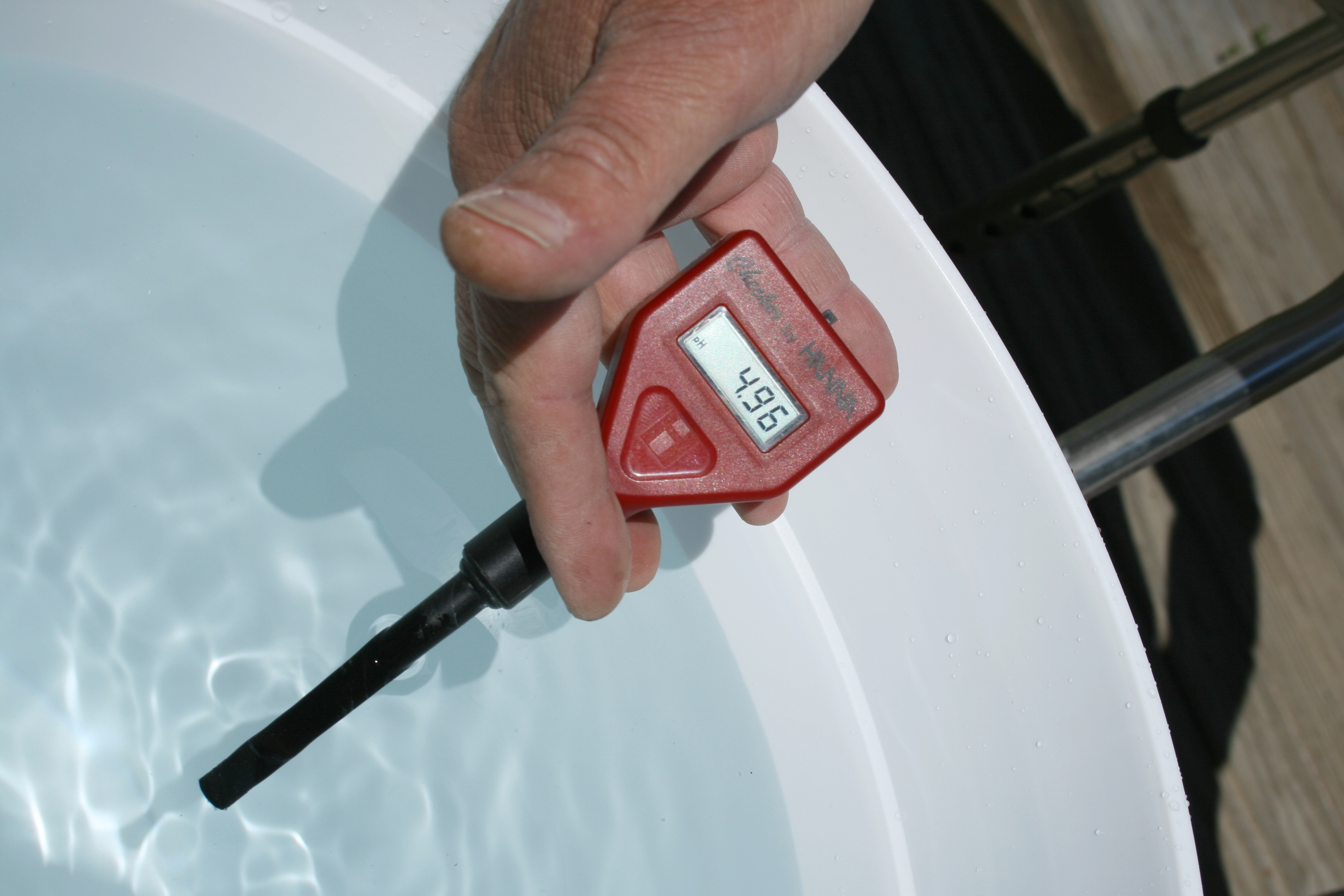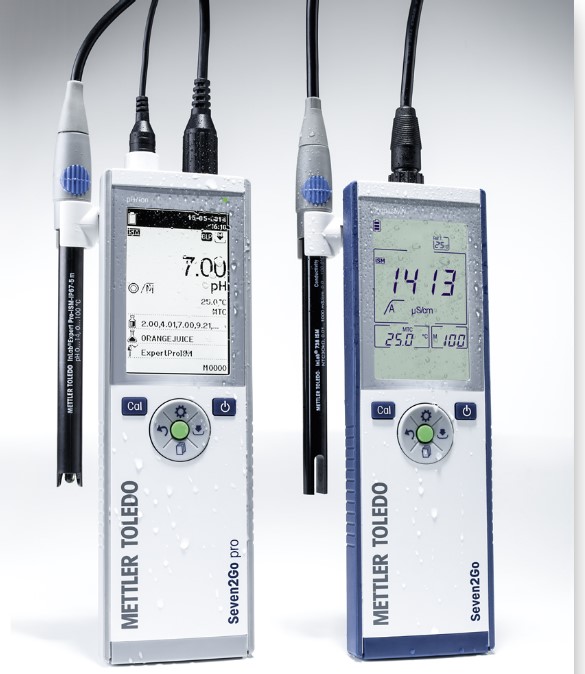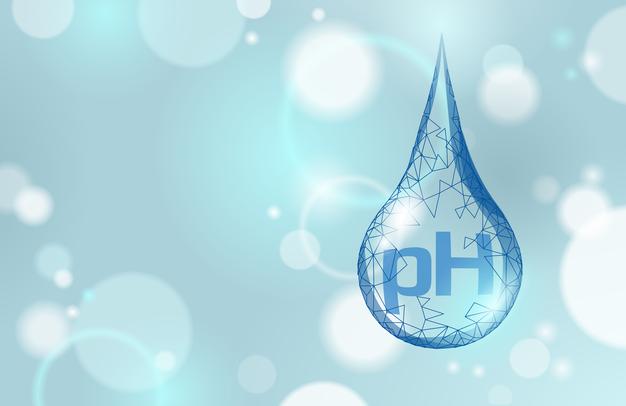To measure the acidity of a solution, you can use a pH meter as the answer. Not only is it accurate, but the pH meter is also more practical than other methods such as titration. In order for your pH meter to give accurate results, it needs to be calibrated. Here's how to calibrate a pH meter that is easy and does not require a large fee.
Equipment Needed
There are several ways to calibrate the pH meter. For the easiest way, you can calibrate the pH meter with the buffer method. This buffer method utilizes a standard buffer solution as the main calibration instrument. For maximum calibration, use several buffer solutions with a range of values ??that include sample measurement values. Let's say you measure a sample at pH 5 so use a buffer of pH 4 and 7.
The Hyprowira Adhitama Laboratory not only provides various types of pH meter devices, but also provides a pH buffer for calibration with a wide range of pH ranges, from low to high. The pH buffer we use is a pH buffer of 25 ° C, because usually the sample we analyze is at room temperature (25 ° C). So the results can be more accurate. The pH meter brand Mettler Toledo already has an automatic temperature setting so the device will adjust the buffer temperature used.
In addition to the buffer solution, you also need to prepare distilled water or battery water. The point is a mixture of a buffer. Distilled water is also used to rinse the pH meter electrodes after immersion in a buffer solution. Also prepare a few glasses to accommodate the buffer solution (you can use a beaker or measuring cup). After the equipment is complete, you can immediately calibrate the pH meter.
How to Calibrate a pH Meter with Buffer Solution
Preparation Phase
First, prepare 250 ml of distilled water in a glass. Prepare according to the amount of buffer used. If you use two types of a buffer, prepare two glasses of distilled water. Don't forget to also prepare distilled water for rinsing.
Second, add a buffer solution to one of the glasses. Remember, one glass of distilled water for one type of buffer, do not mix the two types at once. Stir with a spoon or stirring rod until the buffer dissolves in water.
After preparing the buffer solution, clean your pH meter. Open the protective cover and clean the sensor electrode with distilled water. Remove and then dry with a clean tissue or cloth.
Calibration Stage
Turn on your pH meter. Soak the sensor electrodes in a glass that contains a solution of water and buffer. Let stand for a few moments. Observe whether digital indicators show exact numbers. For example, you use Potassium Hydrogen Phthalate with a pH value of 4.00, then the digital pH meter indicator should also show a value of 4.00.
If the numbers on the digital indicator do not indicate the values ??that should be. You can "fix it". The trick is to use a small screwdriver. Turn clockwise (or counterclockwise) until the digital indicator shows the corresponding number. That way, your pH meter has been calibrated and can provide accurate measurements.
Why Do I Need to Do a pH Meter Calibration?
Given the crucial role of the pH meter, calibration of the pH meter must be done routinely. One of them is as a means of controlling raw materials and intermediate materials. If your pH meter cannot show an accurate value, it is not impossible that the characteristics of the material will change. To ensure accurate calibration results, it is recommended that the pH meter calibration is performed by competent personnel.
The Hyprowira Adhitama Laboratory provides calibration services for Mettler Toledo pH meters. Where the calibration includes checking the sensor of the tool and the whole unit (electrical components). So that we can ensure the tool works optimally and get accurate results.
In addition, the calibration of the pH meter can also help the environment. By routinely performing a calibration the pH level of the production waste can be accurately measured before disposal. The pH level shown on the pH meter will help you determine which procedure is right for treating the waste.
There are still many benefits that can be obtained from pH meter calibration, such as protecting production equipment to production efficiency. For that, you should routinely perform this treatment step. Moreover, how to calibrate the pH meter is also practical and does not require large costs.
Types of pH Meters
If you currently think that there is only one type of pH gauges, of course, that is the wrong idea. There are quite a number of types of pH meters themselves. This time, there are six pH meters that are often used every day in the industry. The types of pH meters in this list are categorized based on the object you want to calibrate. What are the types of pH meters that you can use?
Soil pH Meter
Yes, there is a pH meter used to measure the pH of the soil meter. Usually, the use of this soil pH meter is used for agriculture. This tool has an iron metal that is on the tip of the detector to be used as the main part of reading pH.
Soil Fertility pH Meter
The soil fertility pH meter is used as the name implies, ie checking whether the soil is fertile or not. Not only the pH of the soil is measured, but also the moisture and moisture content in the soil. However, because it is rarely developed, the pH meter of soil fertility is still in the analog form so it is often necessary to calibrate the results correctly.
pH Meter 3 in 1
A 3 in 1 pH meter is indeed different compared to other ph meter products on this list. Its usefulness can be to measure pH, humidity, to light levels.
Small pH Water Meter
The pH of a small water meter is a pH meter that is smaller in shape and can be carried easily. Usually, the pH of a small water meter is often used to measure the pH level in water in a glass. Therefore given the name of a small water pH meter.
Large pH Water Meters
Besides the pH of a small water meter, of course, there is a large water meter. For this type of pH meter, it is usually used to measure the pH of water in the outside environment, such as rainwater, to springs.
Laboratory pH Meter
As the name implies, laboratory pH meters are used to measure the pH meter of water and its conductivity. If anyone doesn't know what conductivity is, this is the ability of water to conduct electricity. Basically, all water has a very small conductivity value.
Calibration Errors that Often Occur When Measuring
Unfortunately, in the calibration of the pH meter itself, there are just measurement errors that can occur. This error also occurs due to various factors, in terms of personal who measure, defects in the tools used, to calibration errors. What is a calibration error?
Calibration error is an error caused by incorrect grading of the scale when making or performing calibration (standardization). With this error, it can appear an error in reading the measurement results, can be bigger or smaller than they should. In addition to the calibration errors that are included in the systematic errors section, there are also two other major errors namely general errors and random errors.
Each factor of this measurement error has a striking difference and it is easy to determine its mention. To get to know more about this, here are three measurement errors that are often done by many people.
Common Mistakes
The first mistake that is part of the calibration error is a common mistake. Basically, common mistakes are mistakes that occur because of the limitations of the human factor when taking measurements.
For a more complete explanation, common mistakes occur due to errors in small-scale reading and lack of skills when using these measuring devices. With conditions, you can say the general error is the most common mistake made when taking measurements. To correct this error, the human being taking the measurement must be more careful than before. From how to use the tool, see the size of the tool, to see the measurement results through the tool.
Random Error
Random errors are errors that arise because of the creation of subtle fluctuations when making measurements. The subtle fluctuations referred to here consist of a number of reasons such as electrical voltage fluctuations, the ground when making measurements that actually vibrate, make noise, until radiation, and the brown air molecules.
As the name implies, random errors do not always arise consistently. In just a few moments this error will appear, and including errors that rarely arise, compared with other error factors. But it still is a pretty annoying mistake because it certainly makes measurements incorrect. In order not to be hit by random errors, it is best to pay close attention to the measurement process, not only in terms of the tools used but also in the surrounding environment, because it greatly influences the measurement process and the measurement results themselves.
Calibration Error
In accordance with what has been mentioned above, calibration error is an error caused by incorrect grading of the scale when making or performing calibration (standardization). Basically, calibration errors are included in a separate type of error, namely systematic errors.
Systematic errors themselves are errors that arise because the tools used are not supportive. In addition, the environment around the device being used can also produce systematic errors. There are various types of systematic errors, such as tool component errors, zero-point errors, tool damage, parallax errors, humidity, extreme temperature changes, to calibration errors too.
But take it easy. Calibration errors can still be overcome. To overcome this error, the device just needs to be reset according to the standard (calibration) so that it can be used normally, and the measurement results can be precise. With a list of calibration errors that are often done so far, you already know how to avoid these errors.
That is an explanation of how to calibrate the pH meter along with other supporting information such as the reason why you should do the calibration, the types of pH meters, to the errors that often occur while doing the calibration. With the complete information about the calibration of the pH meter, hopefully, this information can be useful for you so you can get the best and useful ways when you want to calibrate the pH meter.





